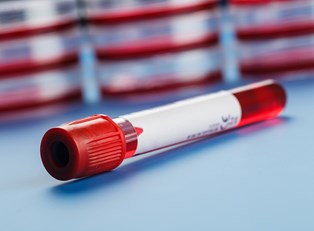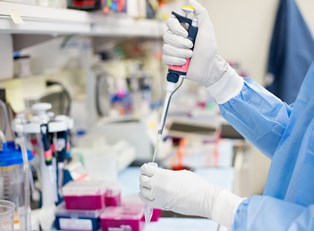While genetic testing has become more commonplace, it can still be difficult to understand how it works or how you should interpret the results of your own test. Here are five terms related to genetics that you need to know in order to understand the results from a test.
- DNA
Deoxyribonucleic acid (or “DNA” for short) is a type of molecule that encodes genetic information necessary for the development of humans and all other living organisms. DNA is strand-like, can be found in every cell of a person, and helps dictate physical traits like hair or eye color. Genetic testing is primarily concerned with looking at specific segments of a DNA strand in a sample and comparing it against other samples for similarities.
- Gene
Genes are specific segments of DNA that contain information for creating the proteins that cells need for survival. Genes are responsible for everything from your hair color to your risk for certain diseases. Every person has two sets of each gene—one that they receive from their mother and one they receive from their father. Genes are also either classified as dominant or recessive. Dominant genes requires only one copy for their particular trait to be expressed, while recessive genes require two copies to be expressed.
- Genome
A person’s genome refers to the entirety of the genetic information contained in his or her DNA and includes both genes and other information not responsible for his or her unique characteristics (sometimes referred to as “noncoding DNA”). For most genetic tests, examining the entirety of someone’s genome is impractical—therefore researchers typically focus on specific DNA segments.
- Predictive Test
Genetic testing is commonly used to assess a person’s risk for certain diseases that can be genetically based. An assessment like this is known as a predictive test. Diseases that can be identified in a predictive test include breast cancer, macular degeneration, bipolar disorder, Parkinson’s disease, and psoriasis. There is some controversy surrounding predictive testing, since some detectable diseases, like Parkinson’s, have no means of prevention—potentially causing test results to be emotionally traumatic for the patient.
- Recessive Disorder
Recessive disorders are diseases that only occur when both parents of a person pass on a copy of the problematic gene in question. Some common recessive disorders include cystic fibrosis, sickle cell disease, and Tay-Sachs disease.



